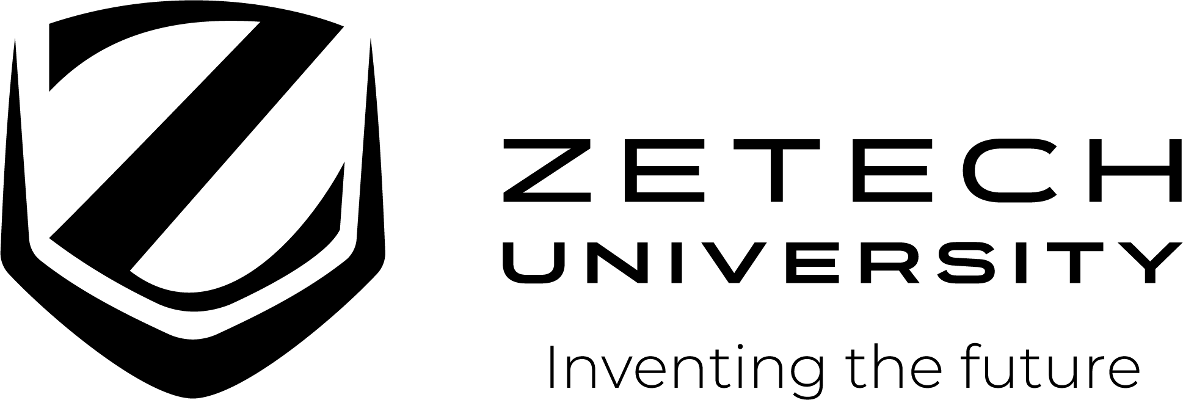Data structures, algorithms, and applications in Java / Sartaj Sahni.
Material type: TextPublication details: Boston : McGraw-Hill, c2000.Description: xxvi, 833 p. : ill. ; 24 cm. + 1 computer optical disc (4 3/4 in.)ISBN:
TextPublication details: Boston : McGraw-Hill, c2000.Description: xxvi, 833 p. : ill. ; 24 cm. + 1 computer optical disc (4 3/4 in.)ISBN: - 9780071169004
- 0071169008
- 005.7/3 21
- QA76.73.J38 S24 2000
| Item type | Current library | Collection | Call number | Copy number | Status | Date due | Barcode | |
|---|---|---|---|---|---|---|---|---|
 Books
Books
|
Zetech Library - TRC General Stacks | Non-fiction | QA76.73.J38S24 2000 (Browse shelf(Opens below)) | C.1 | Available | Z005419 |
Browsing Zetech Library - TRC shelves, Shelving location: General Stacks, Collection: Non-fiction Close shelf browser (Hides shelf browser)
| No cover image available No cover image available |

|

|

|

|

|

|
||
| QA76.73.J38P23 1999 Introductory Java / | QA76.73.J38P469 2004 Java servlet and JSP cookbook / | QA76.73.J38 R54 2006 The object of Java : | QA76.73.J38S24 2000 Data structures, algorithms, and applications in Java / | QA76.73 .J38 S262 2012 Java programming / | QA76.73 .J38 S262 2012 Java programming / | QA76.73.J38 S27 2004 Java : an introduction to computer science & programming / |
Includes bibliographical references and index.
Pt. I. Preliminaries. Ch. 1. Java Review. Ch. 2. Performance Analysis of Programs. Ch. 3. Asymptotic Notation. Ch. 4. Performance Measurement of Programs -- Pt. II. Data Structures. Ch. 5. Linear Lists - Array Representation. Ch. 6. Linear Lists - Linked Representation. Ch. 7. Linear Lists - Simulated Pointers. Ch. 8. Arrays and Matrices. Ch. 9. Stacks. Ch. 10. Queues. Ch. 11. Skip Lists and Hashing. Ch. 12. Binary and Other Trees. Ch. 13. Priority Queues. Ch. 14. Tournament Trees. Ch. 15. Binary Search Trees. Ch. 16. Balanced Search Trees. Ch. 17. Graphs -- Pt. III. Algorithm-Design Methods. Ch. 18. The Greedy Method. Ch. 19. Divide and Conquer. Ch. 20. Dynamic Programming. Ch. 21. Backtracking (On the Web). Ch. 22. Branch and Bound (On the Web).
"Data Structures, Algorithms, and Applications in Java provides comprehensive coverage of fundamental data structures, making it ideal for use in a CS2 course. Sahni has made this text the most student friendly of all his text-books by using a gentle introduction, providing intuitive discussions, and including real-world applications."--BOOK JACKET.
There are no comments on this title.

